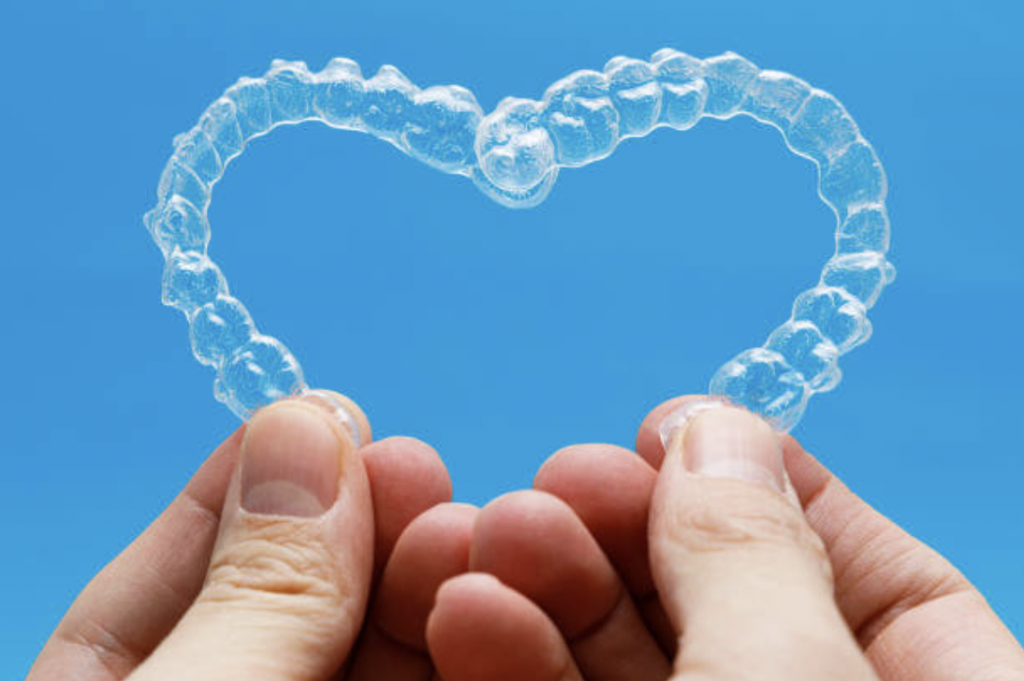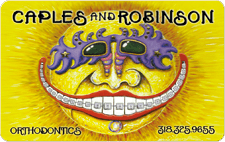
It’s common for parents to wait until a child loses all of his or her baby teeth before consulting an orthodontist, usually in their preteen or early teenage years. In addition, some view orthodontics as an aesthetic treatment that is often desired but not really necessary. The majority of dental professionals recommend that parents bring their children in for an initial exam at a young age. Without an orthodontist’s evaluation and possible treatment, children and adults are at risk of developing serious conditions beyond crooked teeth.
Early orthodontic evaluations are important.
According to the American Association of Orthodontists, children who exhibit signs of future orthodontic issues should be seen by the age of seven. It is much younger than most parents believe treatment should begin, but it is important for a young patient’s treatment plan and outcome. Early intervention devices can be used to prevent the need for future surgery when the upper and/or lower jaws of young children are not growing or shaped properly.
Headgear worn at home can help many patients with underbites, while a retainer-like device called a bionator can treat severe overbites in young children. As permanent teeth grow in properly, these devices make alignment treatments, such as braces or clear aligner trays, much easier in the future.
The risks of neglecting orthodontic treatment
There are several reasons why parents should not disregard orthodontic treatment for their children. Many of the negative side effects impact children immediately, but others can develop or worsen over time.
Unattractive teeth
There is no doubt that crooked smiles are unsightly and can negatively impact children for the rest of their lives. A lack of alignment can negatively affect self-esteem, adversely affecting social and professional relationships and opportunities. Additionally, gaps caused by crooked teeth may continue to shift and worsen over time.
Bites that are not properly formed
Improper bite formation can either cause or contribute to poor alignment. These cases are caused by shifting of the teeth, which makes it difficult for the teeth to meet properly for effective biting and chewing. If left untreated, this problem may develop into more serious jaw problems in the future.
Tension in the jaw, pain, or surgery
An improperly shaped jaw or crooked teeth can result in poor bite alignment, causing tension and pain in the jaw. There is a possibility that the condition may worsen over time and may lead to the development of TMJ or other serious conditions. In some cases, surgery is required in order to correct the problem and alleviate chronic pain.
In most cases, orthodontic treatment does not begin until all baby teeth have fallen out, but parents of children with orthodontic issues should seek evaluation earlier rather than later. By seeing an orthodontist by age seven, serious alignment issues can be prevented. Also, addressing the problems at a young age can make future treatment with braces or other aligners more efficient and less invasive. As tooth alignment issues can lead to serious complications, orthodontic treatment should never be neglected, regardless of the patient’s age.
We invite you to schedule a consultation with our orthodontic office for more information.





